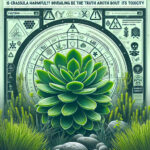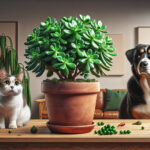Introduction: The Popularity of Crassula Plants
Ah, Crassula, the cherished Jade plant! With its thick, glossy leaves and stoic presence, it’s no wonder these succulents have found a home on windowsills around the world. They’ve become a staple for those seeking a touch of green without the hassle of high-maintenance care. Picture this: a little corner of paradise on your desk that asks for nothing more than a bit of light and the occasional sprinkle of water. That’s the Crassula for you!
Imagine, for a moment, that you’re a plant enthusiast who’s just stumbled upon the wonder that is the Crassula. It’s almost too good to be true! They tolerate neglect, thrive on minimal water, and can brighten up any space with their rich, jade-green leaves. Some say that these plants even bring good luck, and who couldn’t use a dose of fortune in their lives? Whether you’re a seasoned gardener or someone whose thumb is every color but green, Crassulas are a perfect fit. If you want to dive deeper into turning your home into an indoor oasis with these appealing plants, we’ve got just the guide for you.
Yet, amidst all the adoration, a question arises—could these seemingly benign beauties be hiding a toxic secret? It’s crucial to explore this aspect, for the safety of our two and four-legged companions alike. But don’t fret just yet, because we’re on a mission to uncover the truth with a dash of analytical detective work.
Understanding Crassula Toxicity
When we hear the word ‘toxic,’ images of skull and crossbones might flash through our mind or, perhaps, scenes from a dramatic movie where someone is poisoned. But when it comes to plants like Crassula species, also known as Jade Plants, the term ‘toxic’ has a different context. It’s important to understand that ‘toxic’ in the botanical world refers to plants that, when ingested or sometimes even touched, can cause adverse effects in humans and animals. But don’t let the word scare you off; a knowledgeable green thumb can manage these plants safely.
For instance, if you have a furry friend roaming around, it’s wise to be aware that nibbling on a Crassula could lead to them having a bit of a stomach upset. It’s similar to how some of us might react to food that doesn’t agree with us—it doesn’t mean it’s deadly, but it’s certainly not a recommended snack. In layman’s terms, this means that while Crassulas aren’t exactly the apple of Eden, they aren’t something you should add to a salad either.
If you’re a plant enthusiast, you might find it fascinating to explore the art of caring for houseplants—including those with a ‘toxic’ label. After all, knowledge is power, and knowing how to handle these plants correctly ensures everyone, including our pet pals, can coexist harmoniously with these emerald beauties.
To spread awareness and curiosity in a room and not worry, keep your Crassula collection out of reach from children and pets. Think of it as setting boundaries—like telling your dog to steer clear of the chocolate stash. Similarly, we can cultivate a safe environment for our beloved green friends that sometimes come with a caution tag.
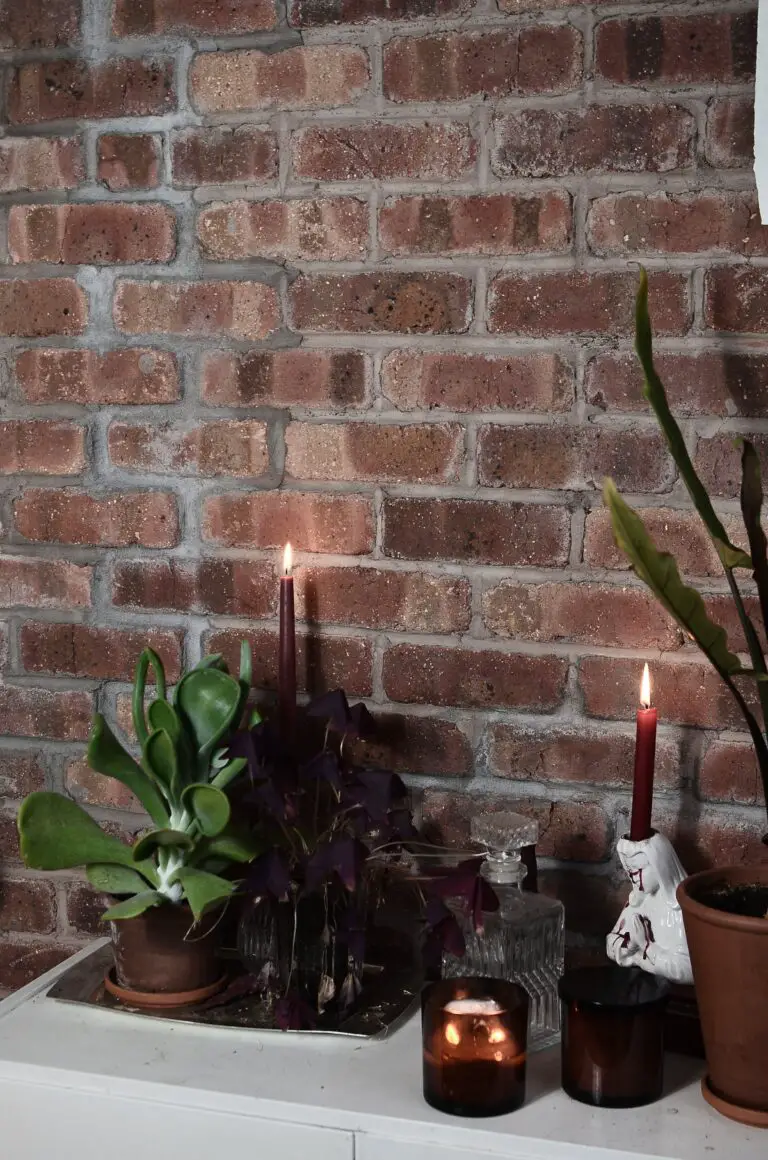
Consider plants like Crassula as pieces of nature’s art that add lushness and life to our living spaces while reminding us of the delicate balance we must maintain with our natural world. It’s this balance and respect that allow us to enjoy their beauty without incident—a sentiment any garden-savvy individual or pet owner should keep green in their mind.
Are All Crassula Plants Toxic?
It’s a question that’s been on the minds of many a succulent enthusiast: with such a variety in the Crassula family, is every member as hazardous as its cousins? The short answer is not quite. While the Crassula genus broadly shares a reputation for toxicity, particularly among the widely known Jade Plants, variations do occur within the species.
Let’s take a stroll through the succulent world and consider the charming Crassula ovata. Often nestled on window sills and office desks, this popular plant carries toxic properties that can cause quite a ruckus if ingested by our furry friends. But what about its many relatives in the diverse Crassula family?
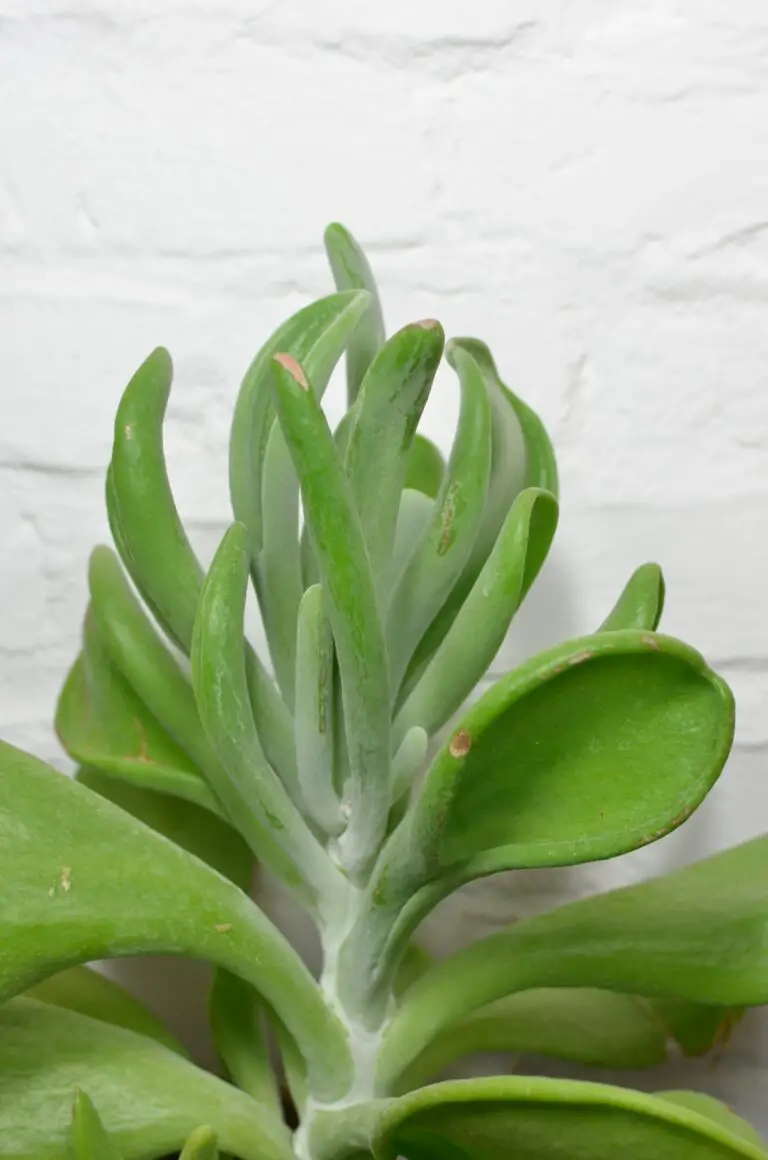
Indeed, while all carry some level of toxicity, not all Crassulas will send your pets to the emergency room. For example, some varieties may cause a mild upset stomach, while others like the Silver Dollar Jade, have more pronounced effects. However, it’s always better to err on the side of caution and keep these succulents out of reach of curious cats and nibbling puppies.
For those of us with a green thumb but perhaps a less-than-detailed memory, confusion can arise. Is the lush green clump in the corner a reason for concern, or is it a safer Crassula relative with minimal consequences? Research and proper identification are key to ensuring harmony between our plant collection and pet-filled lives.
Remember, the allure of these green gems often masks their less-than-pet-friendly nature. It’s a mysterious dance between beauty and risk, and understanding the variability in toxicity across Crassula species is essential for a safe and vibrant home ecosystem.
Crassula Toxicity in Pets: What Pet Owners Should Know
As a pet owner, there’s nothing more distressing than the thought of our furry friends coming into harm’s way. So it’s essential to be vigilant about the plants we bring into our homes. You’ve likely heard of the Crassula ovata, more commonly known as the Jade Plant, a popular succulent that’s touted for its easy care and supposed air-purifying qualities. But the pressing question is: Is Crassula toxic?
Imagine a typical Sunday afternoon with your playfully energetic puppy, when suddenly he takes a nibble out of that lush, green Crassula you’ve been nurturing. An hour later, your pup is unusually lethargic, and your cat, who also had a taste, is vomiting. This is not what you’d expect from a seemingly innocent houseplant. The truth is, the Crassula plant can indeed pose a danger to cats and dogs. Its toxicity, though not often lethal, can quickly turn your quiet Sunday into a frantic rush to the veterinarian.
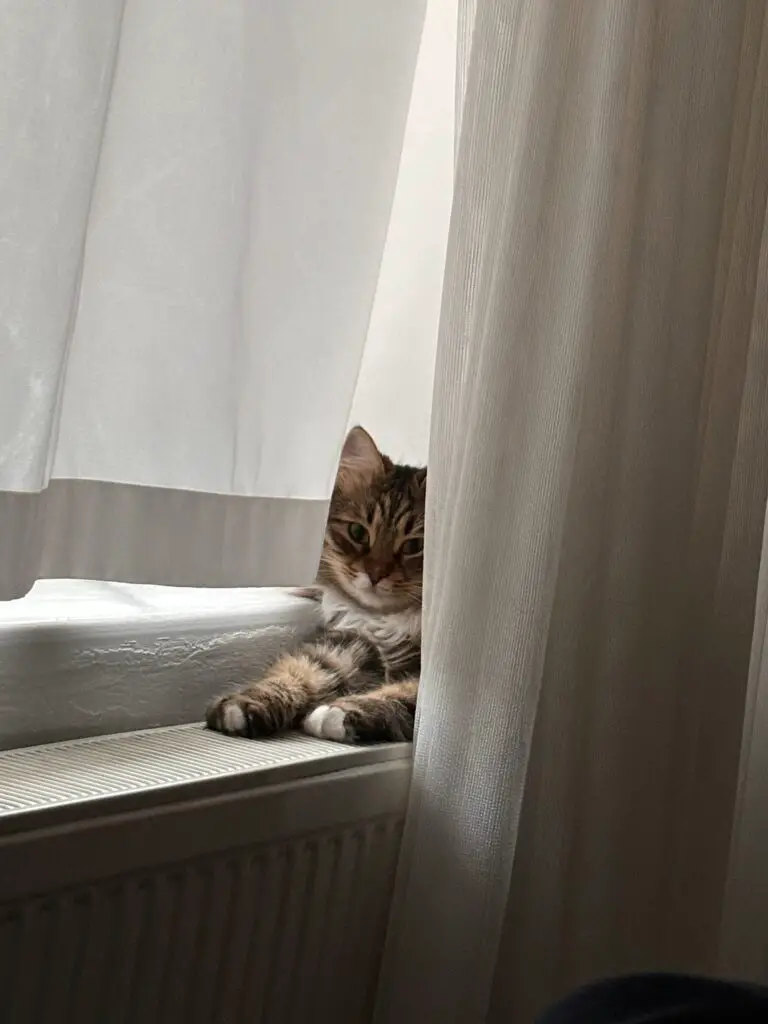
But what should you, as a pet owner, be on the lookout for? The signs of Crassula poisoning can range from mild to serious and may include vomiting, lethargy, depression, and sometimes even loss of coordination. Consider the case of a family Labrador, Ellie, who ingested a few leaves of a Jade Plant. Her owners noticed her drooling excessively and acting disoriented, which led to the discovery of her snack on the plant. It’s instances like these that serve as a sharp reminder to pet parents about the importance of plant safety at home.
To keep our beloved pets safe, it is paramount that we understand the potential risks in our environment. If you suspect your pet has ingested Crassula, do not wait for symptoms to escalate. Contact your vet immediately or reach out to the Pet Poison Helpline. Early intervention is key to a quick recovery. As the adage goes, it’s better to be safe than sorry—double-check the plants you bring into your pet’s domain and always stay informed about their effects on animal health.
Crassula Toxicity in Humans: A Closer Look
We all love to spruce up our homes with a touch of greenery, and the Crassula, commonly known as the Jade Plant, has become a popular choice for its lush, emerald charm. But have you ever stopped to ponder if these attractive plants pose any risk if we get a little too close for comfort? Let’s dive in and explore the nitty-gritty of Crassula toxicity and its impact on us hominids.
First off, picture this: a curious toddler waddling towards the potted Crassula, enticed by its plump leaves. It’s a scene as common as any, with its potential peril often going unnoticed. Although the Jade Plant is largely hailed for being low maintenance, it harbors a secret – it’s mildly toxic when ingested. If those fleshy leaves find their way into tiny mouths, they can trigger a nasty bout of nausea, sometimes even making you regret that last meal.
Adult conversations about houseplants rarely touch on the subject of a nibble here and there. Yet, it’s useful to know that if an adult were to inadvertently sample this vegetative delicacy, they’d likely experience a similar, if not milder, consequence than our little adventurers. A nibble, albeit uncommon, might lead to an unexpected sour stomach and a reminder of why we generally don’t use indoor plants to garnish our plates.
Real-life mishaps don’t discriminate, and neither do the Crassula’s effects. While it’s no cause for alarm, the adult who casually brushes their Crassula after lunch could end up with skin irritation if they’re particularly sensitive. Reminiscent of a mild rash, it’s the plant’s subtle way of saying, “Hands off!”
At this juncture, it’s crucial to don our analytical caps and recognize that while the Crassula’s risks aren’t earth-shattering, they do exist. Nonetheless, this shouldn’t put a damper on your green oasis dreams. With a dash of cautious placement and a pinch of awareness, both you and your leafy buddies can coexist in serene harmony. For an in-depth look, you might find this Essential Guide on Jade Plant toxicity both enlightening and reassuring.
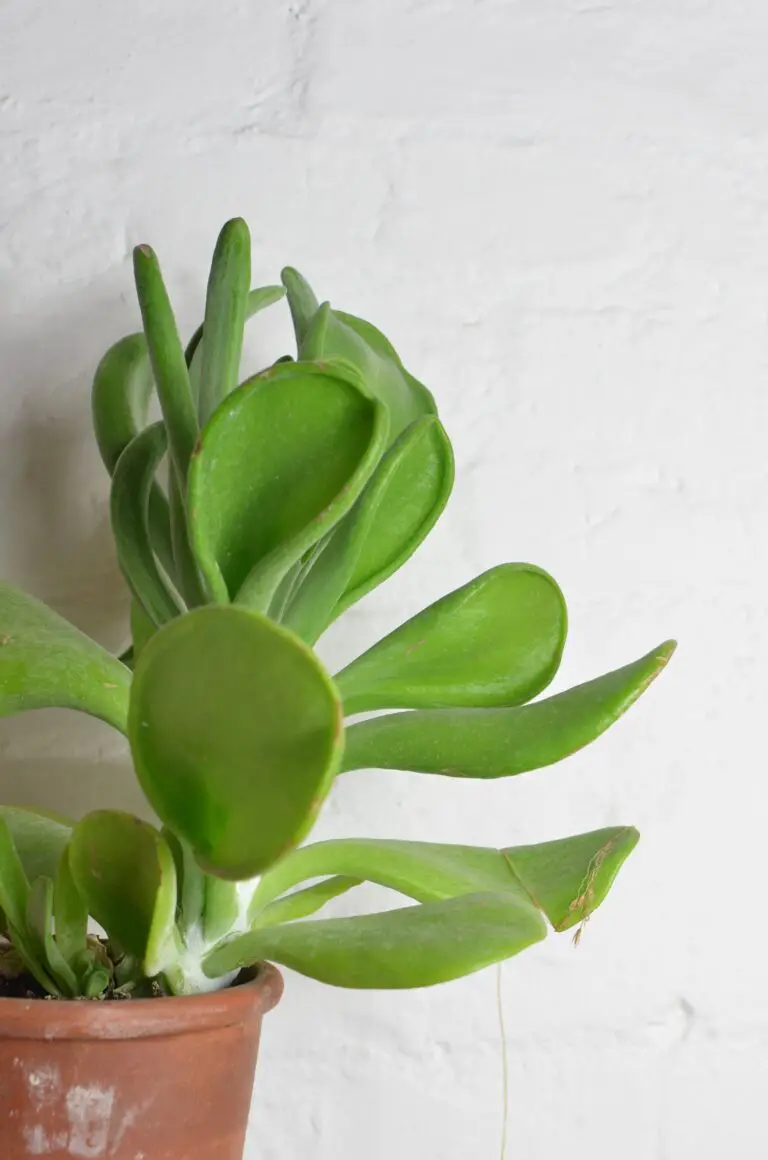
There you have it. Whether you’re a green thumb enthusiast or someone who simply enjoys the aesthetic boost houseplants provide, a little knowledge goes a long way. While not exactly a villain, the Jade Plant does have a cautionary tale attached to its roots – something to ponder over your morning coffee as you admire its verdant beauty.
Preventive Measures to Reduce Risks
In the world of ornamental plants, Crassula, commonly referred to as the Jade Plant, holds a special place in the hearts of many plant enthusiasts. However, the question on every pet owner and parent’s mind is: “Is Crassula toxic?” Well, while the beauty of this succulent is undeniable, it comes with a responsibility to ensure safety for our pets and loved ones. But don’t you worry! I’ve got some practical tips and strategies that are not only easy to implement but can turn into a fun little weekend project to enhance the safety of your space.
Firstly, consider the placement of your Crassula plants. I know, I know, they look absolutely stunning on the coffee table, but that’s also prime territory for Rover’s tail or little Jimmy’s curious hands. Elevating the plants onto higher plant stands or shelves can keep them out of reach and still in perfect view for you to enjoy. Just picture it: a stylish shelf, your Crassula collection on display, and zero wagging tails knocking them over—bliss, right?
Now, let’s talk about those plant stands. It’s not just about height; it’s about stability. Choose stands with a broad, heavy base that can withstand a pet running into them or a child bumping against them. Imagine a stand that’s so sturdy, even the most energetic golden retriever can’t budge it — that’s the kind you want.
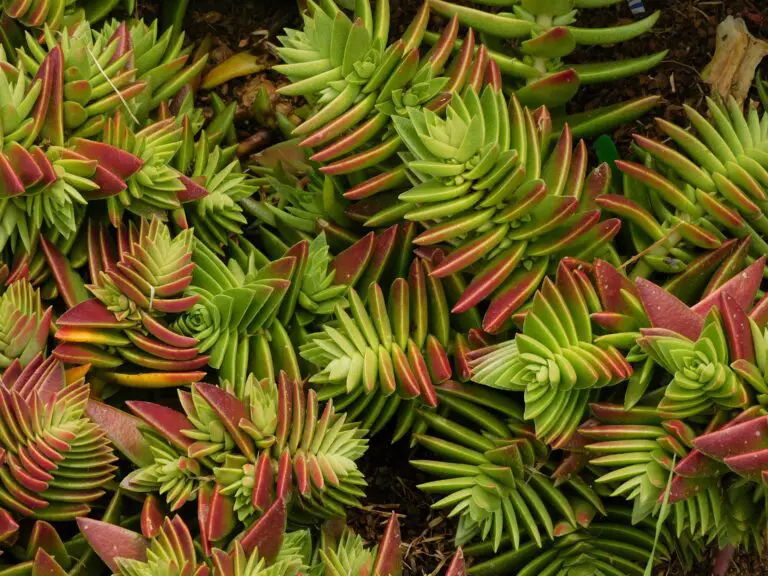
And what about our furry friends who think they’re the next Houdini? Pet training is key. Help them learn boundaries and commands like “leave it” to prevent them from getting too close to your plants. Picture this: You’re lounging on the couch, and with a simple command, Fido turns away from the Jade Plant, trots over, and plops down by your feet. Now, that’s a peaceful coexistence with your leafy decor.
These simple, yet effective, strategies can significantly reduce the risks associated with Crassula toxicity. By integrating these habit-forming practices into your daily routine, you create a safer environment that lets both your plants and your pets thrive. Plus, it’s a great conversation starter when guests notice how beautifully and thoughtfully arranged your succulent sanctuary is!
Identifying and Managing Crassula Poisoning
When the lush, jade-green leaves of a Crassula plant catch your eye, it’s hard to imagine that such beauty could be anything but benevolent. Yet, as with many of nature’s creations, there is another side to the story. Understanding the potential risks associated with these popular houseplants, often known as Jade Plants, is crucial for ensuring the safety of both people and pets in your home.

In the event that a curious toddler nibbles on a leaf, or a pet decides the plant is a new kind of salad, it’s important to know the signs of Crassula poisoning. Symptoms can range from mild to severe, and may include nausea, vomiting, and a lethargic feeling. In some cases, a rash may appear if the sap of the plant comes into contact with the skin.
Picture this: You return home to find your furry friend with a leaf hanging out of its mouth, or your child with a tell-tale green smear around their lips. Panic sets in, but remembering this advice can be a game-changer. First and foremost, remove any plant material from the mouth and gently rinse it with water to prevent further ingestion. Then, contact a poison control center or seek medical attention to get specific guidance on how to proceed.
Kicking into high gear with immediate action could make all the difference. For instance, an owner who spots their cat batting at a dropped Crassula leaf reacts swiftly, whisking the leaf away and keeping a vigilant eye on their pet. Such prompt responses can mitigate the effects of poisoning, highlighting the importance of awareness and knowledge in these scenarios.
Remember, while Crassula plants are generally low-maintenance and provide a dash of greenery in the home, being prepared to identify and handle any incidents of poisoning is paramount. It’s the knowledge that comes with the beauty of these plants, allowing us to treasure their presence safely and responsibly.
Safe Alternatives to Crassula for Concerned Pet Owners
If the possibility of plant toxicity is giving you and your furry friend paws for thought, fret not! Let’s dig into a botanical world where luscious leaves and florals pose no threat to your beloved pets. Think of your home as a potential garden oasis brimming with non-toxic greens, where Spike or Whiskers can frolic safely. Here’s a roundup of pet-friendly plants to create that peace-of-mind indoor jungle.
Boston Fern: A Frilly Non-Toxic Option
Picture a cascading fountain of greenery, the Boston Fern flourishes with lush fronds that are pure pleasure for the eyes—safe for both cats and dogs. These verdant showstoppers love high humidity and indirect light, creating dramatic overhangs for a lively yet safe pet environment.
Spider Plant: The Air Purifying Companion
Is it a bird? Is it a plane? No, it’s the Spider Plant! This superhero of houseplants is renowned not only for its quirky, arching leaves but also for its impressive air-purifying abilities. Dangling spiderettes can sprout into whole new plants and are perfectly harmless for your pet sidekicks, making it an exciting, non-toxic addition to your living space.
African Violet: Blooming Beauty without the Bite
Awaken your home with African Violets—one of the few flowering houseplants deemed pet-friendly. Their velvet-like petals bloom in vibrant hues, bringing a pop of color to your abode. A feast for human eyes only, these gentle bloomers keep your pets out of harm’s way while delivering a spectacular floral show.
For more inspiration on creating a pet-safe plant paradise, check out this informative video:
${‘‘}
Remember, the foliage mentioned here isn’t just about aesthetics and clean air; it’s about creating a non-toxic sanctuary. While Crassula plants may be concerning for pet owners, these wholesome alternatives ensure that you don’t have to sacrifice botanical beauty for the safety of your treasured companions. So go ahead, transform your home into a lush, worry-free haven both you and your pets can adore.
Frequently Asked Questions
When it comes to houseplants, one of the burning questions plant lovers often grapple with is, “Is Crassula toxic?” It’s a valid concern, especially for households with curious pets or young children. So, let’s dive right in and tackle some of the most common FAQs on the toxicity of the Jade Plant, scientifically known as Crassula ovata.
Are Crassula Plants Poisonous to Pets?
Yes, Crassula plants can be toxic to pets if ingested. Dogs and cats may experience vomiting, lethargy, and even depression if they nibble on these succulents. Imagine coming home to find your furry friend has decided your Jade Plant was a snack—certainly not the situation any pet parent wants. It’s important to keep Crassula plants out of reach or consider pet-friendly alternatives to ensure the safety of your beloved animals.
What Should I Do If My Child Eats a Piece of a Crassula Plant?
Children are naturally inquisitive, and it’s not uncommon for them to put things in their mouth as part of exploring their world. If you ever find that your little explorer has taken a bite out of a Crassula, don’t panic. While it’s rarely life-threatening, it can cause nausea or discomfort. Contact your local poison control center or seek medical advice to ensure your child receives appropriate care.
How Can I Safely Display My Crassula Plants?
Safety doesn’t have to compromise style. Elevating your Crassula plants on higher shelves or hanging them are great ways to display these beautiful succulents while keeping them out of harm’s way. Not only does this method keep your plants safe from nibbling pets and kids, but it also gives you a new perspective on their beauty. Just picture the sunlight filtering through the delicate leaves of your hanging Jade Plant—serene and utterly out of reach.
For more insights on Crassula care, check out this helpful video:
Can Crassula Plants Be Harmful to Humans?
Generally, the toxicity of Crassula plants to humans is considered low. Direct skin contact isn’t known to cause irritation, but ingestion can lead to stomach upset. It’s unlikely for someone to intentionally consume a houseplant, but if someone does eat a Crassula leaf, drinking water and a light snack can help ease any minor stomach discomfort that may follow.
Remember, Jade Plants have graced our homes for generations, not just for their easy-going nature and feng shui benefits, but for their simple elegance. By being informed and taking precautions, you can enjoy these sturdy succulents with peace of mind. So, go ahead and style up your spaces with these green gems—just keep them out of the snack zone!
